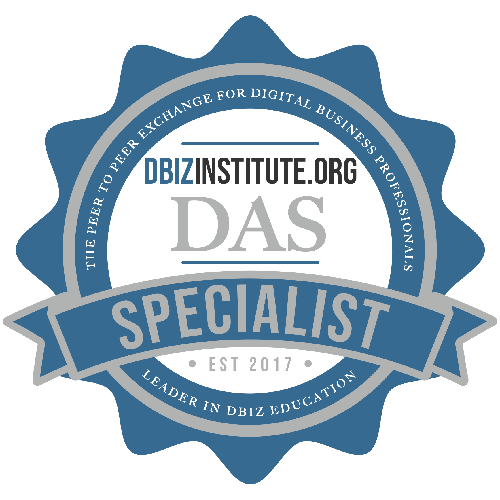Unisen is a leading provider of Business Process Outsourcing and Information Technology Outsourcing to the Canadian fund industry. Unisen services about 47% of the mutual fund companies in Canada. There are over 1.3 million calls into the call center and the company administers $40 billion of AUA for institutional and offshore clients. Unisen process almost 5 million investor statements representing 15 million pages of output.
Unisen is a leading provider of Business Process Outsourcing and Information Technology Outsourcing to the Canadian fund industry. Unisen services about 47% of the mutual fund companies in Canada. There are over 1.3 million calls into the call center and the company administers $40 billion of AUA for institutional and offshore clients. Unisen process almost 5 million investor statements representing 15 million pages of output.
The scope of services Unisen provides for information technology includes:
- Uniholder recordkeeping through ASP, FM or license of Unitrax (proprietary)
- Enterprise output management
- Sales analysis and CRM solutions
The scope of services for BPO outsourcing are:
- Transfer agency, fund valuation
- Investor output including statements and contribution receipts
- Products administration include retail mutual funds, LSIF, Seg, Hedge, Link Notes, LPs, Offshore, Fund of Funds
Recordkeeping Services is the largest single Unisen department with between 250-380 employees. The department handles client name, paper based businesses. The different clients use independent distribution channels and those channels all have their own forms, so Unisen doesn’t own the processes it uses. Three different processing systems are used. For use imaging and workflow, Unisen uses Datacap for recognition and Global 360 for workflow and BPM. The external accuracy rate is over 99% and there is a significant effort to manage process queues.
For the future, Unisen wants to control its metrics and be able to count and time, at-work step, at the employee level. Unisen also wants Goal Management in order to have queue and resource management and interaction with other databases.
They want Predictive Analysis with auto-monitoring of queues and resources and the ability to forecast using dashboards at the management and employee levels.
In putting the pieces together, Unisen needed to know what problems to solve and if those problems are at the activity or the operations level. The activity level is the management of activities within the lifecycle of a process. Operations is the management of people, getting work to the right place at the right time. The PBM outputs are:
- Goal management
- Predictive analysis
- Forecasting
- Metrics
Henriques stressed that it is important to know how well your people understand the concepts of BPM you are using. Relating a recent survey, 78% fully understand Workflow and 75% understand Document Management. But only 52% understand Electronic Content Management and only 48% understand Business Process Management. Henriques said that it is important to have a common understanding about BPM because there are too many definitions and claims in the industry and from the vendors.
The definition Unisen uses is: “A portfolio of functions and approaches that includes techniques to integrate the processes within multiple applications, across companies, and between companies. It includes Components that assist executives in managing the business, workflow, process enactment systems, and ad hoc approaches.” (Taken from the AIIM User Guide)
Henriques said that for your strategy, it is necessary for employees to understand the concepts you are using. It is necessary to go back to fundamentals, and build a common ground for everyone. It is necessary to grab whatever metrics you have in order to begin.
The scope of taking control of the processes begins with paper processes and proceeds to images, data, objects and finally, resources. The scope of users begins at the department level and goes up through the enterprise, then between companies, then to global operations.
To obtain a common understanding about BPM, start with the basics to make sure you capture your audience. Focus not on concepts, but on real examples of how BPM will enhance the process and planning cycles. To sell the project, present the rationale for workflow and BPM. It will:
- Enhance the client experience
- Increase consistency of service delivery
- Add value
- Create efficiencies
- Be cost effective
To sell the project, tailor the message to the audience, which is made up of the executives, management, and users. Show the users the benefits from their perspective to undo the impression that BPM is another “top down” forced implementation.
Start with a narrative of the existing processes and paint a detailed picture of how data will be used. Make sure the future direction is communicated by giving a strong understanding of the process. To do this, start with the client and “connect the dots” end-to-end.
When setting your goals, focus on the Key Performance Indicators (KPI’s). Identify KPI’s that relate to the business goals and objectives, then establish the infrastructure to capture the data and then select the business logic for the KPI’s.
Decide whether you need a partner or not. Do you have internal expertise? If you need a partner, select one on the basis of experience, the ability to transfer knowledge to your staff, and make sure the partner has good documentation and support.
The important summary points are:
- Stay focused on your primary objective but don’t lose sight of the future
- A common understanding is key
- There will be hurdles and bias
- Document your existing processes
- Take a 360-degree view
















